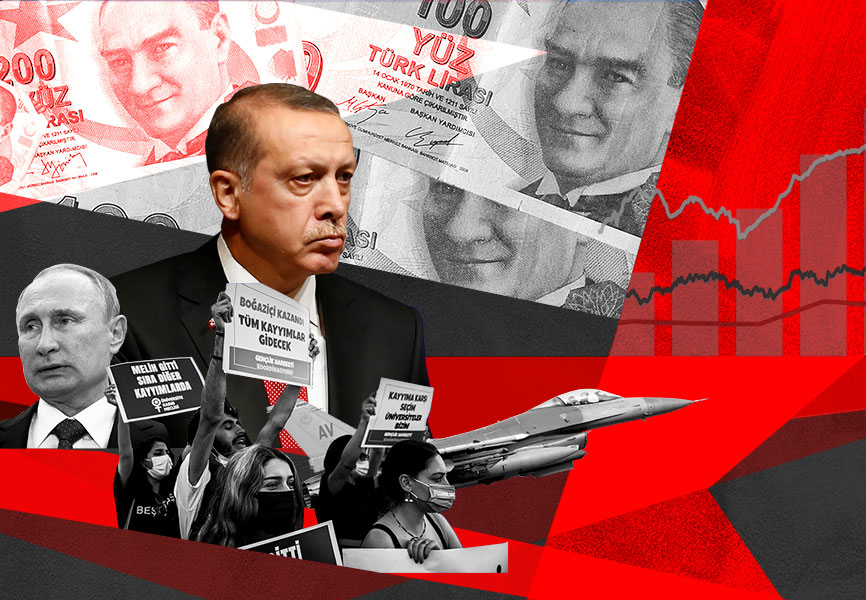Craig Coben is a former global head of equity capital markets at Bank of America and now a managing director at Seda Experts, an expert witness firm specialising in financial services.
Just over two months ago Silicon Valley Bank embarked on a plan to save itself from a potentially fatal ratings downgrade.
The rescue plan involved two sequential steps. First, SVB would sell its portfolio of bonds at a loss to Goldman Sachs. Second, SVB would replenish its losses by launching a stock offering to be managed by Goldman.
Alas the second leg failed, catastrophically, triggering a bank run from depositors and the eventual collapse of the bank.
In prepared remarks to the Senate Banking Committee on Monday, former CEO Greg Becker makes clear he was following external advice (our emphasis):
On March 8, SVB announced that it was selling the available-for-sale (“AFS”) portion of its securities portfolio with the intention of reinvesting at higher rates, and that it was raising additional capital. Based on the advice of Goldman Sachs, we decided to sell our AFS portfolio first in order to realize those losses and explain to the market why we were raising capital, given that SVB’s financials were otherwise healthy… SVB’s executive team, the Board, and our outside advisors intended for these actions to reinforce SVB’s capital position … The consensus was these actions were in SVB’s best interest.
According to Becker’s account, Goldman had proposed a holistic solution: first sell the bonds to Goldman, then sell stock to the market. Goldman reportedly netted a windfall trading gain on the bond deal, but the equity offering (which was not guaranteed or underwritten) foundered as depositors panicked, precipitating a vicious loss-of-confidence cycle that ended in the demise of the bank.
Becker’s testimony, however, appears to contradict what Goldman wrote in the 10-Q it filed on May 4 (our emphasis):
The firm is also cooperating with and providing information to various governmental bodies in connection with their investigations and inquiries into SVBFG and its affiliates (collectively “SVB”), including the firm’s business with SVB in or around March 2023, when SVB engaged the firm to assist with a proposed capital raise and SVB sold the firm a portfolio of securities.
This formulation (which — confusingly — reverses the chronological sequence of events) seems to suggest that Goldman didn’t propose a holistic solution. In this telling, Goldman traders and investment bankers happened to be working with/for SVB at the same time, but there was a Chinese wall between them.
One side of the firm presumably didn’t know what the other was doing, although Goldman senior management was likely aware. For the bond sale, SVB was a market counterparty to Goldman; for the stock offering, it was Goldman’s client. Update: In a statement to FTAV, a Goldman Sachs spokesperson reiterated that:
Goldman Sachs assisted SVB with a proposed capital raise and later purchased a portfolio of securities from them. Prior to that sale, Goldman Sachs informed SVB in writing that we would not act as their advisor on the sale, and that SVB should not rely on any advice from the bank in this regard but instead hire a third-party financial advisor.
The difference in the two narratives matters. Goldman owes a duty of care to a client, but not to a counterparty.
Noting that several US senators were demanding an investigation into Goldman’s role, I wrote in FTAV last March:
If Goldman had an actual advisory relationship (in the form of a signed mandate or an informal understanding), it raises the stakes considerably as to its responsibilities, because the outcome — bought deal for the bonds, best efforts for the equity — served its own interests more than SVB’s. Any investigation will presumably scrutinise the advice Goldman gave on the rescue package. And the fact remains that Goldman has reportedly made a lot of money from a package that failed to rescue SVB.
Becker says that, on the advice of Goldman, he sold the bonds first as part of a comprehensive rescue plan. Goldman will probably argue that it bought the bonds on an arm’s-length basis and — in a totally unrelated undertaking — tried its hardest to place the equity.
There is a lot riding on which version of events prevails.
Goldman’s SVB client-or-counterparty conundrum



